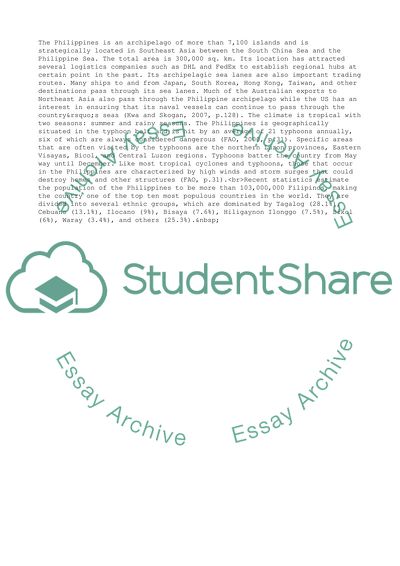Cite this document
(“Cross Cultural Analysis: The Philippine Research Paper”, n.d.)
Cross Cultural Analysis: The Philippine Research Paper. Retrieved from https://studentshare.org/business/1775682-cross-cultural-analysis
Cross Cultural Analysis: The Philippine Research Paper. Retrieved from https://studentshare.org/business/1775682-cross-cultural-analysis
(Cross Cultural Analysis: The Philippine Research Paper)
Cross Cultural Analysis: The Philippine Research Paper. https://studentshare.org/business/1775682-cross-cultural-analysis.
Cross Cultural Analysis: The Philippine Research Paper. https://studentshare.org/business/1775682-cross-cultural-analysis.
“Cross Cultural Analysis: The Philippine Research Paper”, n.d. https://studentshare.org/business/1775682-cross-cultural-analysis.


